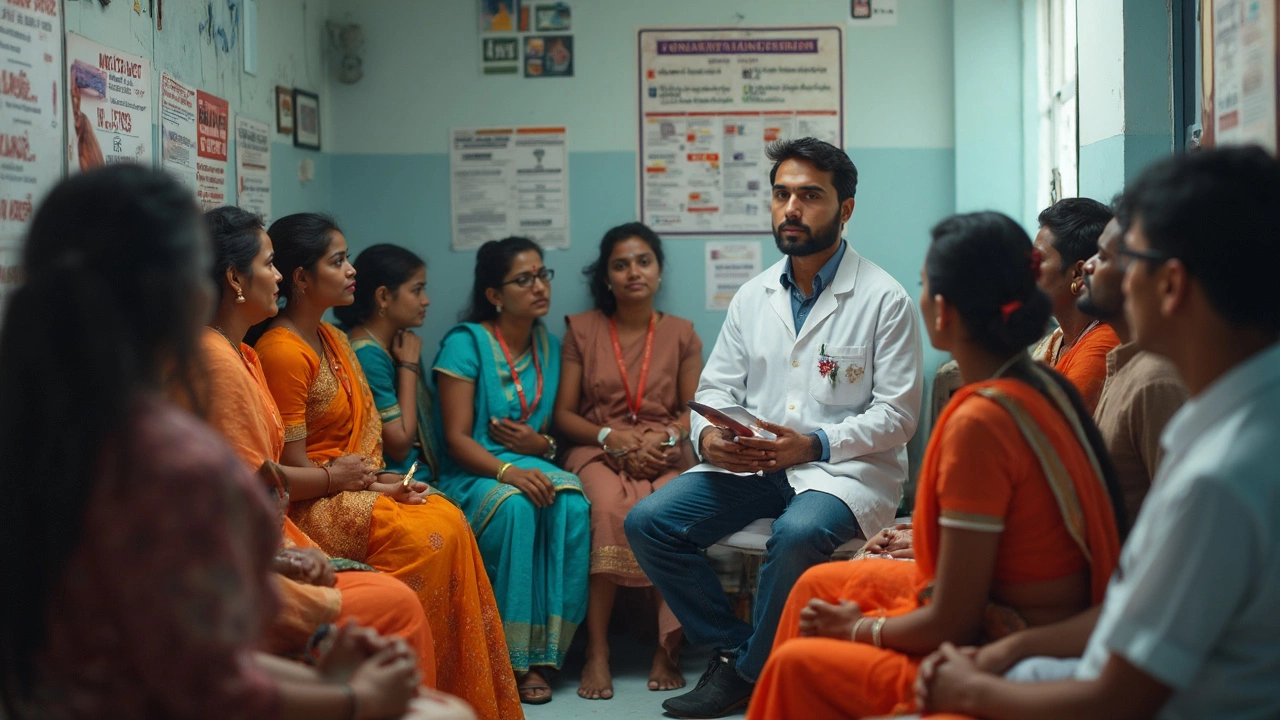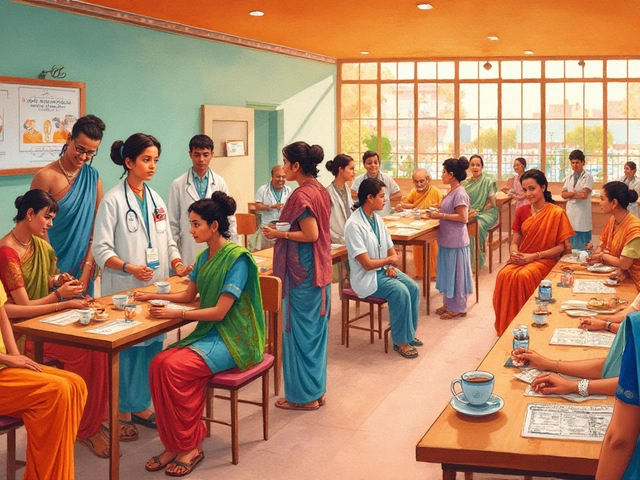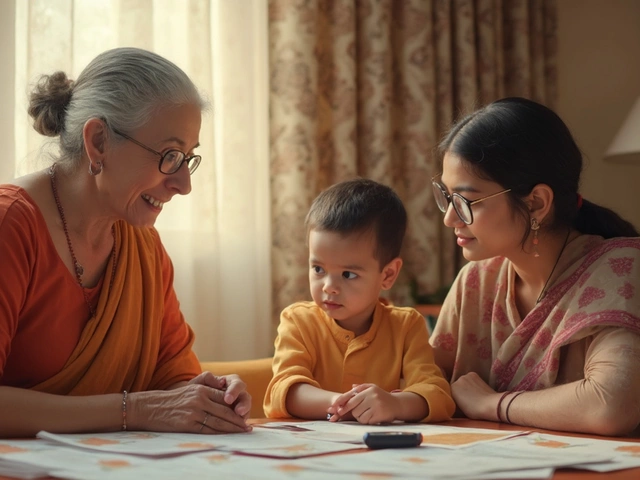Cancer Survival: What You Need to Know Today
When you hear the word "cancer" it can feel like the end of the road, but the reality is far more nuanced. Survival rates differ wildly between cancer types, stages, and even the treatments you choose. Knowing the numbers, the hardest‑to‑beat cancers, and the easiest‑to‑survive ones can give you a clearer path forward.
What the Numbers Mean
Survival statistics are usually expressed as a five‑year survival rate. For example, early‑stage breast cancer and thyroid cancer both sit above 90 % in many Indian studies, meaning most patients are still alive five years after diagnosis. On the flip side, cancers like pancreatic, glioblastoma, and advanced lung cancer sit below 10 % in the same window. Those low numbers don’t mean hopeless; they simply highlight how aggressive the disease is and how early detection matters.
One of our recent articles breaks down which cancers are the toughest – the deadliest types that push survival rates down. It also lists the cancers that are surprisingly curable when caught early, like testicular cancer and melanoma. Knowing where your diagnosis fits helps you set realistic expectations and motivates you to push for timely tests.
How to Improve Your Odds
There’s no magic pill, but you can stack the deck in your favor. First, get a complete work‑up as soon as a suspicious lump or symptom appears. A biopsy, imaging, and blood tests give doctors a full picture, and early staging opens doors to more treatment options.
Second, stay on top of recommended treatments. Whether it’s surgery, chemotherapy, targeted therapy, or radiation, following the plan reduces the risk of relapse. Some patients wonder if the pain from certain therapies is worth it – we’ve covered the most painful cancer treatments and ways to manage side effects, so you can prepare mentally and physically.
Third, adopt supportive habits. A balanced diet, regular light exercise, and stress‑reduction techniques boost immunity and help you tolerate aggressive treatments better. Hydration, enough sleep, and avoiding smoking are simple moves that make a big difference.
Finally, lean on a support network. Counseling versus therapy, for instance, can be a lifesaver when emotions run high. Knowing when to ask for professional help ensures you don’t carry the burden alone.
Facing a cancer diagnosis is a huge challenge, but understanding survival odds, focusing on early detection, and taking proactive steps can shift the outcome. Keep the facts close, ask the right questions, and remember that many people beat the odds every day. The journey isn’t easy, but the right information and actions give you the best chance to come out on the other side.

Deadliest Cancers: The Top Three You Need to Know About
This article breaks down the three deadliest cancers, spotlighting how they kill, why they're so hard to treat, and what warning signs to watch for. You'll learn why certain cancers are more dangerous than others and what the survival rates look like these days. Get tips on early detection, treatment options, and simple changes that can reduce your risk. It's real talk about cancer—straight to the point, easy to understand, and focused on the facts that matter.

Top 3 Survivable Cancers: Understanding and Hope
Survival rates of cancers differ, but some types show promising outcomes thanks to advancements in treatment and early detection. The top three include prostate, thyroid, and breast cancer, known for their higher survival rates. Understanding these cancers can help patients navigate their journey with more confidence. Learn about the treatment options and factors contributing to improved survival rates.

Which Cancers Are 100% Curable?
Despite its reputation, not all cancer diagnoses come as a life sentence. Some types of cancer are remarkably treatable, with modern medicine offering curative solutions thanks to early detection and advanced therapies. Understanding which cancers fall into this category can empower patients and foster hope. This article explores cancers with high cure rates and offers useful facts to demystify cancer treatments.




